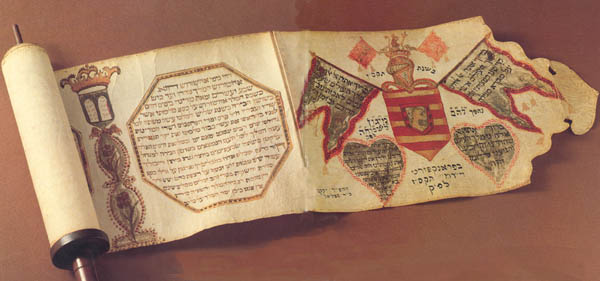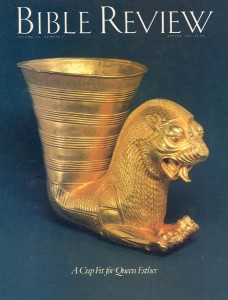
Few books of the Hebrew Bible have generated more controversy among both Jews and Christians than the Book of Esther. It has been praised and damned, loved and rejected, all by good, God-fearing people. As the result of my studies of this controversial book over the years,1 I would like to discuss eight frequently asked questions about it.
1. Is the story true? Did it really happen?
Somehow the story seems improbable, more like fiction—a novella—than a historical account. On the other hand, there’s nothing impossible about it. Unlike many biblical books, there is nothing miraculous or supernatural in it.
The story is set in the time of the great Persian king Xerxes (Ahasuerus, in Hebrew),a who reigned between 486 and 465 B.C. It takes place in the Persian capital of Susa.
During a lavish, days-long stag party, Xerxes orders Queen Vashti to appear before him so he can show off her beauty to his guests. When Vashti refuses this degrading request, Xerxes promptly deposes her, as a lesson to other wives—women are to show respect to their husbands! (chapter 1).
Already a library member? Log in here.
Institution user? Log in with your IP address.

